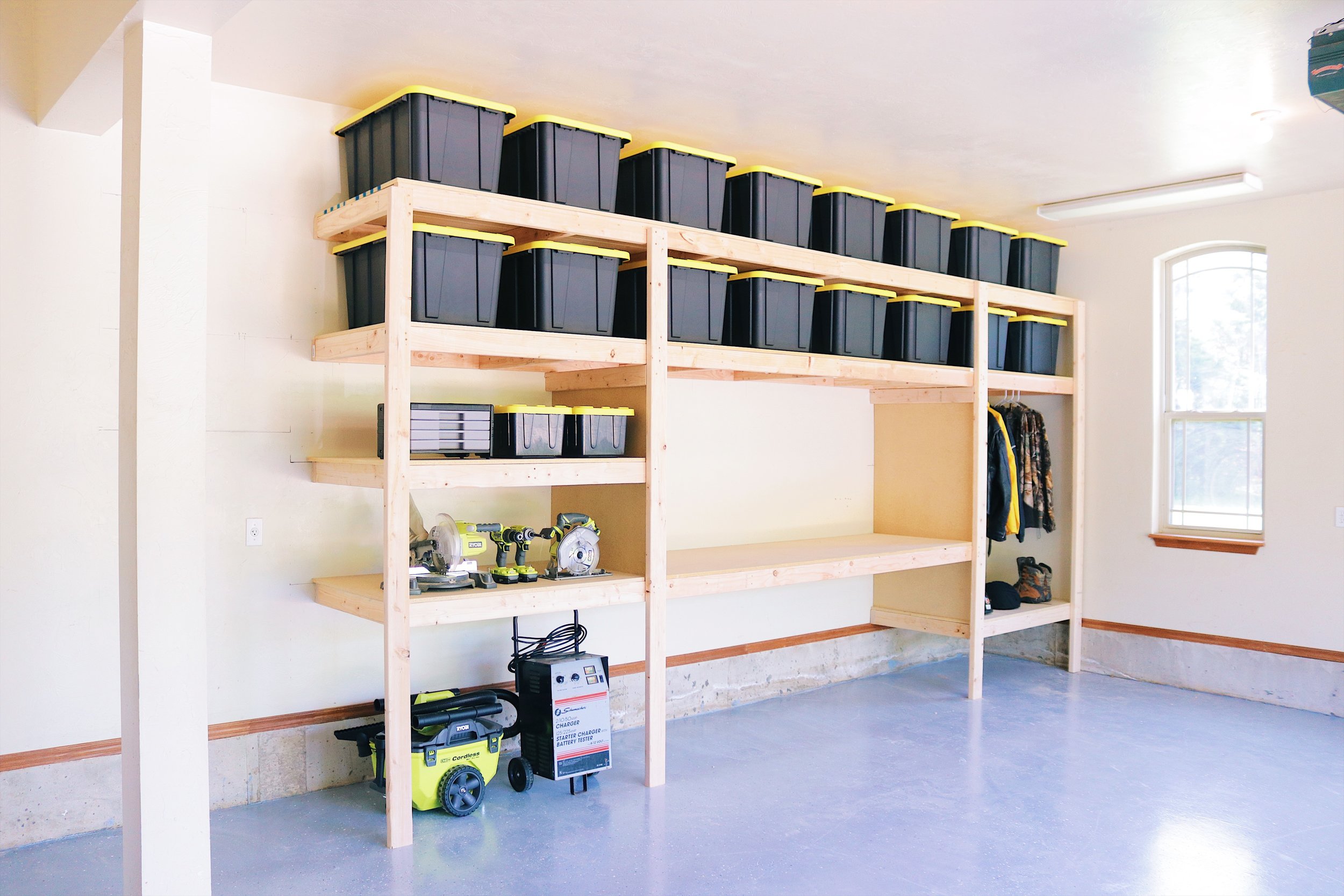Table of Contents
Introduction
In the realm of home improvement, creating additional storage space is a perpetual challenge. For those seeking a practical and aesthetically pleasing solution, DIY floating garage shelves present a compelling option. These shelves not only offer ample storage but also add a touch of modernity to your garage. Let’s delve into the world of DIY floating garage shelves and explore the steps to craft functional, space-saving storage.
Planning Your Project: DIY Floating Garage Shelves 101
Embarking on a project without a well-thought-out plan is akin to sailing without a compass. To ensure success with your DIY floating garage shelves, meticulous planning is key. Begin by measuring the available space and determining the dimensions of your shelves. Sketch a layout to visualize the arrangement, keeping in mind the items you intend to store. This proactive approach sets the foundation for a seamless construction process.
Essential Tools and Materials
Before you roll up your sleeves, gather the essential tools and materials required for this project. A power drill, stud finder, level, screws, and a saw are among the tools you’ll need. Opt for high-quality wood, ensuring it complements your garage’s aesthetics while withstanding the weight of stored items. Don’t compromise on the strength and durability of your materials; it’s the backbone of your DIY floating garage shelves.
Building Strong Foundations: Finding and Marking Studs
The strength of your floating shelves relies heavily on securing them to the studs in your garage walls. Use a stud finder to locate these sturdy support structures. Once identified, mark the stud locations to guide the placement of your shelves. This step is crucial for ensuring stability and preventing any unwanted accidents, especially when dealing with heavy items.
Crafting the Shelves: A Step-by-Step Guide
Selecting the Right Wood
Choosing the appropriate wood is paramount to the success of your DIY floating garage shelves. Opt for sturdy hardwoods like oak or maple, as they not only provide durability but also enhance the overall aesthetics.
Precision Cutting for Perfect Fit
Invest time in precision cutting to achieve shelves that seamlessly fit into your designated space. Use a reliable saw to cut the wood according to your predetermined dimensions, ensuring clean and straight edges.
Creating Concealed Supports
The essence of floating shelves lies in their illusion of suspension. Achieve this effect by creating concealed supports. Drill holes into the back of the shelves and secure them onto the marked studs using robust screws, rendering the supports invisible.
Adding Finishing Touches
To elevate the visual appeal of your DIY floating garage shelves, consider adding finishing touches. Sand the surfaces for a smooth finish, and apply a coat of paint or stain to match your garage’s theme. This not only enhances aesthetics but also protects the wood from potential damage.
Installation: Mounting Your Floating Shelves
Positioning for Optimal Functionality
Place your DIY floating garage shelves strategically for optimal functionality. Consider the height of each shelf, ensuring easy access to stored items while maximizing the use of available vertical space.
Securing the Shelves
Use your power drill to secure the shelves onto the marked studs. Ensure each screw is tightly fastened to guarantee stability. Take your time during this step to avoid any mishaps in the future.
Conclusion
In the realm of DIY projects, crafting floating garage shelves stands out as a practical and rewarding endeavor. By following these steps, you not only enhance your garage’s storage capacity but also infuse a touch of craftsmanship into your living space. The key lies in meticulous planning, precise execution, and a commitment to quality materials. So, roll up your sleeves, gather your tools, and embark on the journey of transforming your garage with these DIY floating shelves – a testament to both form and function.

